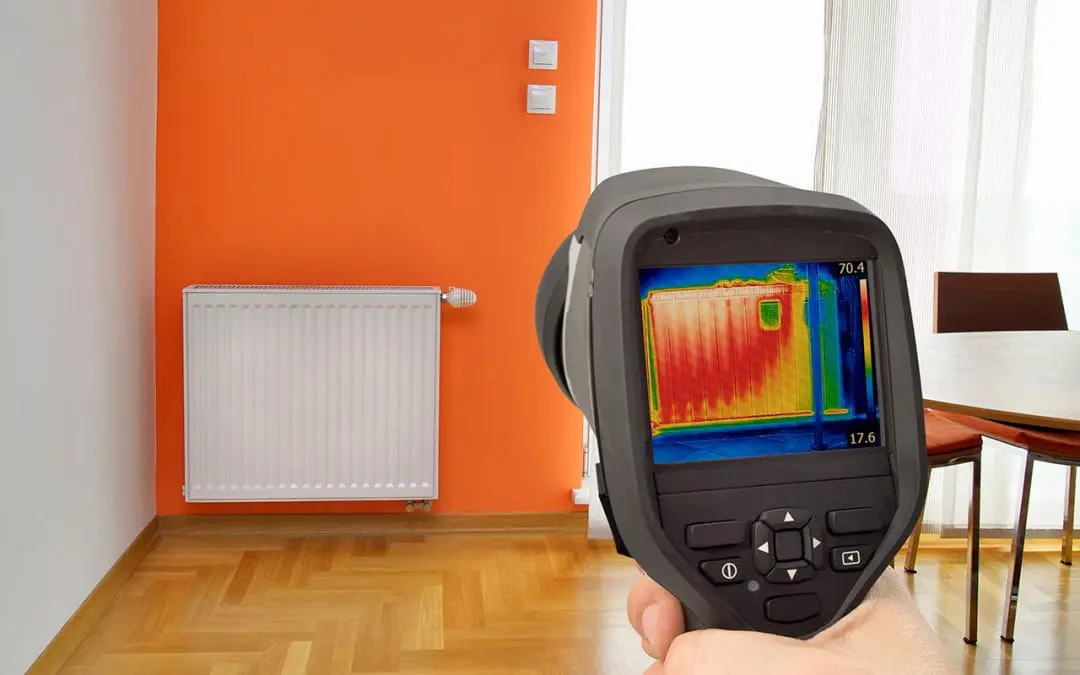What is Thermal Imaging in Home Inspections?
Thermal imaging describes how an infrared camera displays varying temperatures within your home. Thermal imaging cameras help inspectors detect things that would otherwise not be seen by the naked eye. Temperature is an important gauge because it can reveal problems that aren’t apparent during a normal inspection.
The temperature readings give inspectors a better understanding of the home’s condition. Any irregularities will be reported. As a homeowner, you won’t just receive information about the thermal imaging inspection, you’ll also have infrared images that document the problem areas.
What Kinds of Things Can Be Discovered By Thermal Imaging?
As mentioned before, thermal imaging gives inspectors additional insight into the current state of a home. Things that can’t be detected with traditional inspection methods can be picked up through the use of an infrared camera. For example, thermal imaging can detect holes or gaps in insulation, electrical hotspots, moisture intrusion, water leaks, air drafts, and other issues that would result in irregular temperatures.
Energy Efficiency Issues
Improving energy efficiency is one way to achieve a lower utility bill every month. When a home isn’t built properly or the insulation deteriorates, you’ll be spending extra on heating or cooling depending on the time of year. The AC will work overtime if cool air is escaping during the warmer months, and the heater will be taxed to keep the home comfortable in the winter. Using thermal imaging during your inspection makes it easier to find problem areas with inadequate or shifting insulation.
Problems with Electrical Hotspots
The build-up of heat in one area of your electrical system or circuit is dangerous. Electrical hotpots can cause house fires and should be repaired immediately after detection. On a thermal imaging camera, these areas show as an abnormally high heat signature.
Thermal Imaging Can Discover Areas with Excess Moisture
Excess moisture is a problem in a home for several reasons. Moisture can cause issues with rot, mold, and structural damage. These problems can easily go unnoticed because they’re difficult to detect. With thermal imaging, inspectors can get temperature readings of your ceiling, floors, or walls where water is pooling. You can take steps to prevent problems like mold growth because inspectors can pinpoint the source of leaks with an infrared camera.
Finding an Inspector Who Uses Thermal Imaging in Home Inspections
Like any profession, inspectors always look for new methods and tools to provide a great service. Although it might require some effort to find the right inspector, hiring one who uses thermal imaging is worth it. This technology will help your inspector uncover things that would most likely be overlooked. You’ll know more about the condition of your home with thermal imaging.
Drew Inspection Service offers home inspections, including thermal imaging, to western South Dakota. Contact us to request an appointment.

